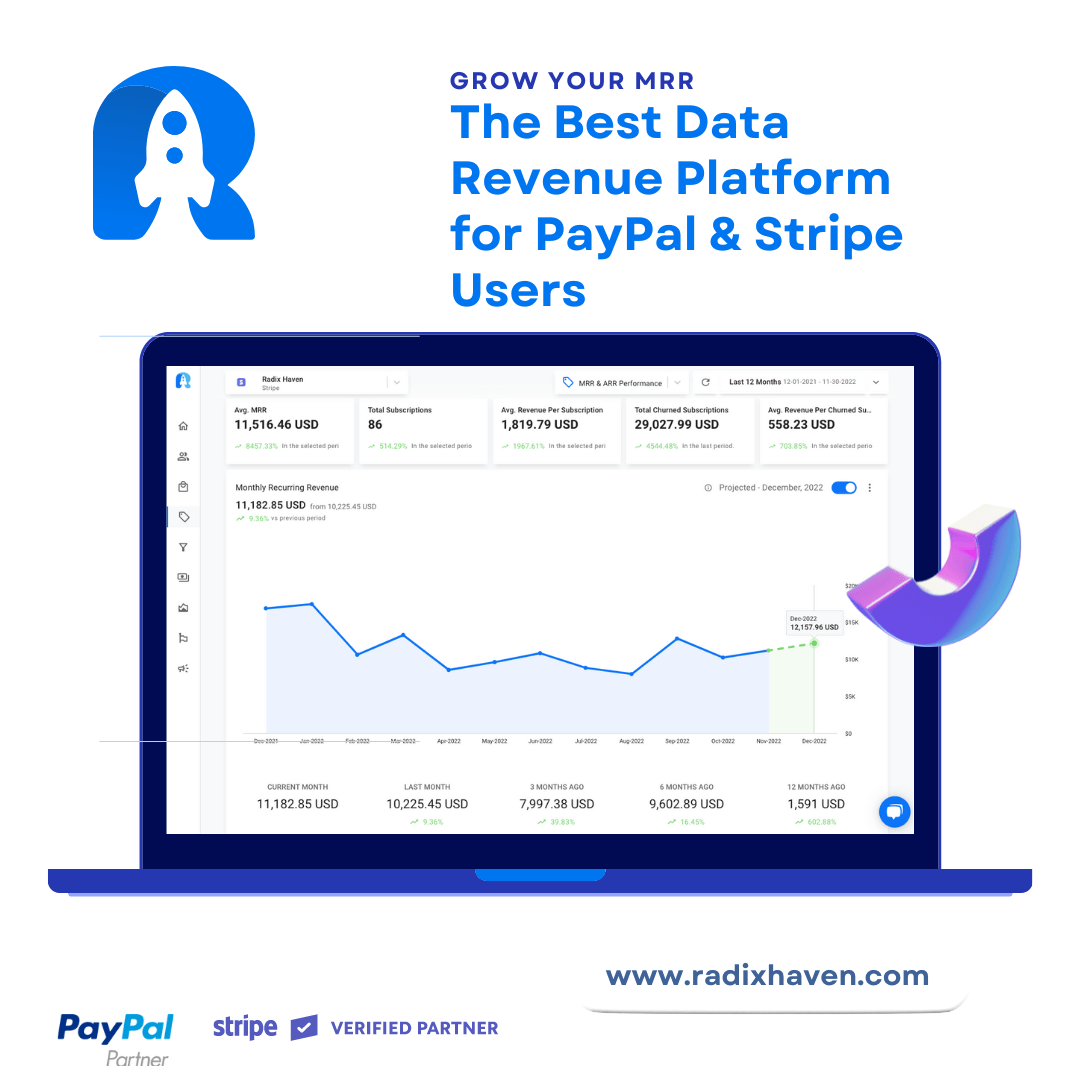Pricing strategy is a crucial aspect of any SaaS business. Choosing the right pricing model can make or break a SaaS product. In this article, we will discuss the top 10 pricing strategy examples for SaaS that you can use to improve your business and generate more revenue.
1) Freemium Pricing
Firstly, Freemium pricing is a popular pricing model in the SaaS industry. It allows users to access a limited version of the software for free while charging for premium features. Freemium pricing can help increase user adoption, but it’s important to strike a balance between the free and premium features to ensure that users see the value in upgrading.
2) Per-User Pricing
Then, We have Per-user pricing is a straightforward pricing model that charges customers based on the number of users. This pricing model works well for collaboration tools, such as project management software, where multiple users need access to the software.
3) Tiered Pricing
Tiered pricing is a pricing model that offers different packages at different price points. Each package has a different set of features and limitations, allowing customers to choose the package that best fits their needs and budget. This pricing model is popular among SaaS companies because it allows for flexibility and scalability.
4) Pay-As-You-Go Pricing
Pay-as-you-go pricing is a usage-based pricing model that charges customers based on their usage of the software. This pricing model is popular among SaaS companies that offer services like cloud storage or web hosting, where usage can vary greatly.
5) Flat-Rate Pricing
Flat-rate pricing is a pricing model that charges customers a fixed price for a set period of time, typically monthly or annually. Therefore, this pricing model works well for SaaS companies that offer a consistent set of features and services.
6) Value-Based Pricing
Value-based pricing is a pricing model that charges customers based on the value they receive from the software. This pricing model requires a deep understanding of the customer’s needs and a willingness to tailor pricing to meet those needs.
7) Dynamic Pricing
Dynamic pricing is a pricing model that adjusts pricing based on market demand and other factors. Therefore, this pricing model is popular among SaaS companies that offer products or services that are in high demand and have a lot of competition.
8) Bundle Pricing
Bundle pricing is a pricing model that offers a package of products or services for a discounted price. This pricing model also can help increase revenue by encouraging customers to purchase multiple products or services at once.
9) Per-Feature Pricing
Per-feature pricing is a pricing model that charges customers based on the specific features they use. This pricing model can be beneficial for SaaS companies that offer a wide range of features and services, allowing customers to only pay for the features they need.
10) Freemium with Time Limits
Finally, Freemium with time limits is a pricing model that offers a free trial of the software for a limited period of time. After the trial period ends, customers are required to pay to continue using the software. This pricing model can help increase user adoption and revenue.
Conclusion
In conclusion, choosing the right pricing strategy for your SaaS product is critical to its success. Each pricing model has its own strengths and weaknesses, and it’s important to understand your customers’ needs and the market demand when selecting a pricing model. Regardless of which pricing model you choose, it’s important to track and analyze your SaaS revenue in real-time to ensure that your pricing strategy is effective and sustainable.
Radix is a powerful revenue analytics platform that can help you track and analyze your SaaS revenue in real-time. With Radix, you can get a complete picture of your SaaS revenue, including MRR, churn rate, and customer LTV. By using our platform, you can make data-driven decisions about your pricing strategy and make adjustments as needed to optimize your revenue and profitability.
In addition to tracking and analyzing revenue, it’s important to regularly review and update your pricing strategy. As your business grows and evolves, your pricing strategy should also adapt to meet changing market conditions and customer needs. Regularly testing different pricing models and strategies can help you identify what works best for your business and ensure that you are maximizing revenue potential.






